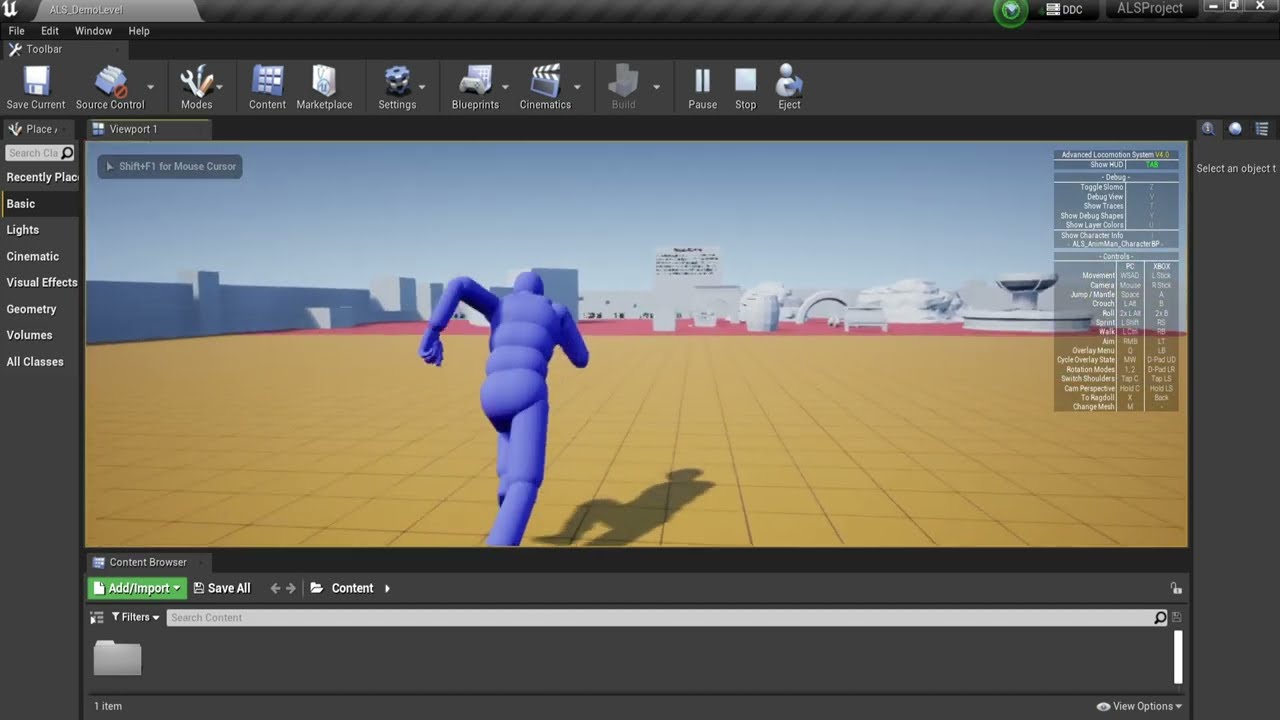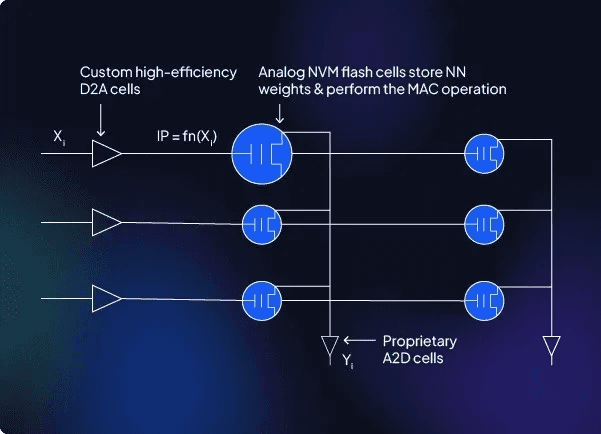Programming
Advanced C++ Game Development in Unreal Engine
Architecting High-Performance Interactive Worlds
Jan 22, 2025
C++ above all
C++ remains the backbone of high-performance video game development, with Unreal Engine standing as the industry’s premier game engine. As the demand for hyper-realistic graphics, intricate AI behaviors, and vast open worlds grows, developers must architect systems that balance efficiency, scalability, and maintainability. This requires a deep understanding of hardware utilization, resource allocation, and computational bottlenecks to create games that run seamlessly across a variety of platforms.
A key challenge in Unreal Engine development is ensuring that game systems interact efficiently while maintaining low latency and high performance. C++ provides direct memory manipulation, high-speed execution, and fine-grained control over hardware resources, making it ideal for real-time applications like gaming. However, its power comes at the cost of complexity, requiring developers to manage memory explicitly, optimize CPU/GPU workloads, and implement efficient concurrency models.
This article explores advanced C++ techniques to optimize Unreal Engine projects, with a focus on memory management, multi-threading, data-oriented design, and performance profiling. By leveraging these techniques, developers can create scalable, efficient, and highly interactive game worlds that push the limits of computational performance.
Memory Management: Ensuring Optimal Performance
Memory management in Unreal Engine is critical due to its reliance on dynamic allocation and garbage collection. Efficient memory handling impacts not only performance but also stability. Unreal Engine employs Garbage Collection (GC) for managing objects derived from UObject. However, relying solely on GC can lead to memory fragmentation and latency spikes, particularly in large-scale open-world games where frequent memory allocation and deallocation occur.
To mitigate these issues, developers must adopt manual memory management strategies while integrating Unreal Engine's built-in memory systems effectively. Some key approaches include:
Utilizing Smart Pointers:
TUniquePtrandTSharedPtrprovide automatic reference counting, reducing the risk of memory leaks without incurring the overhead of Unreal’s GC.Object Pooling: Frequently created and destroyed objects, such as projectiles, AI controllers, and particles, should be managed through object pooling techniques to minimize heap fragmentation and improve cache locality.
Memory Alignment & Cache Optimization: Aligning data structures using
alignas()andALIGNOFensures efficient CPU cache utilization, reducing memory latency.Custom Memory Allocators: Implementing specialized allocators, such as stack and pool allocators, can dramatically improve performance for high-frequency memory operations.
Reducing UObject Overhead: Using
FStructsfor data-heavy operations avoids unnecessary garbage collection overhead while keeping objects lightweight and efficient.

Multi-Threading in Unreal Engine: Harnessing the Full Potential of the Task Graph System
Modern game engines demand extreme levels of parallelism to efficiently process physics simulations, AI computations, rendering pipelines, networking tasks, and other high-performance workloads. Unreal Engine’s Task Graph System provides a robust and highly optimized framework for executing computationally expensive operations asynchronously, allowing developers to maximize CPU utilization and mitigate performance bottlenecks. Understanding and leveraging this system is critical for achieving optimal game performance, particularly for large-scale or computationally intensive applications.
Core Multi-Threading Mechanisms in Unreal Engine
Async Tasks: Offloading Workloads to Background Threads
Unreal Engine provides an elegant way to offload non-time-sensitive computations to worker threads using the Asyncfunction. This is particularly useful for tasks such as AI decision-making, procedural content generation, and data processing that do not require immediate execution on the game thread.
Using EAsyncExecution::ThreadPool ensures that tasks are executed on a dedicated worker thread rather than blocking the primary game thread, enabling smooth gameplay performance. Additional execution modes, such as EAsyncExecution::TaskGraph, can be used for tasks requiring dependency management within Unreal’s Task Graph System.
ParallelFor: Optimized Data Processing at Scale
ParallelFor is an essential tool for efficiently iterating over large datasets. It is particularly useful in scenarios such as large-scale physics simulations, terrain generation, skeletal animation processing, and AI batch updates.
The ParallelFor mechanism dynamically assigns workload chunks to available CPU cores, significantly improving execution speed over traditional serial loops. Performance gains are particularly noticeable in cases where large arrays, voxel data, or other structured datasets require simultaneous computation.
Thread Synchronization: Preventing Race Conditions and Deadlocks
When multiple threads operate on shared resources, proper synchronization mechanisms must be employed to avoid race conditions, data corruption, or deadlocks. Unreal Engine provides various synchronization primitives:
FCriticalSection: Ensures that only one thread accesses a shared resource at a time.FEvent: Allows one thread to signal another thread to continue execution.Atomic Operations: Lightweight synchronization mechanisms such as
FPlatformAtomics::InterlockedIncrement()ensure thread-safe integer operations without the overhead of locks.
Proper use of these synchronization mechanisms is crucial in ensuring consistent and deterministic behavior in multi-threaded systems.
FGraphEventRef and Task Dependency Chains
Unreal Engine’s Task Graph System facilitates advanced dependency management using FGraphEventRef. This enables developers to define execution order dynamically based on task completion status, preventing blocking operations and ensuring a smooth execution pipeline.
By constructing dependency chains, tasks can be scheduled in a non-blocking manner, ensuring that critical operations such as physics updates or animation blending do not interfere with core game loop execution.
Advanced Performance Optimizations
Thread Affinity Optimization: Assigning specific tasks to dedicated CPU cores can help balance workloads more effectively. Unreal allows developers to utilize custom thread pools or specify execution contexts to fine-tune thread distribution.
Work Stealing and Load Balancing: Unreal Engine’s Task Graph System automatically distributes tasks based on system workload, ensuring that CPU cores remain optimally utilized.
Lock-Free Data Structures: Where possible, avoiding mutexes and using lock-free queues or atomic operations can significantly reduce contention and improve performance.
By designing game logic around parallel execution principles, developers can minimize latency, improve frame rates, and fully leverage modern multi-core architectures. Unreal Engine’s Task Graph System provides the necessary tools to efficiently manage multi-threaded execution, but optimal utilization requires deep understanding and strategic implementation of concurrency patterns.
Data-Oriented Design: A Paradigm Shift for Performance
Traditional object-oriented programming (OOP) often introduces cache inefficiencies due to scattered memory access patterns. In high-performance game development, a Data-Oriented Design (DOD) approach ensures that data structures are optimized for CPU cache efficiency and minimal memory overhead.

Key principles of DOD include:
Structure of Arrays (SoA) vs. Array of Structures (AoS): SoA layouts ensure that related data is stored contiguously in memory, leading to fewer cache misses and faster iteration.
Entity-Component-System (ECS) Architectures: While Unreal Engine primarily follows an OOP-based paradigm (
AActor,UObject), integrating an ECS-like system for AI behaviors, game logic, and physics optimizations can significantly boost performance for large-scale simulations.SIMD (Single Instruction, Multiple Data) Optimizations: Utilizing SIMD intrinsic functions (
_mm_add_ps,_mm_mul_ps) enables vectorized operations, accelerating physics computations, skeletal animations, and post-processing effects.Avoiding Deep Inheritance Hierarchies: Flattening class hierarchies and favoring composition over inheritance improves cache locality and reduces vtable lookups, leading to faster execution.
By rethinking data structures and designing systems with CPU and memory efficiency in mind, Unreal Engine developers can maximize performance in both CPU-bound and memory-intensive operations.
Advanced Performance Profiling and Optimization
Profiling is indispensable in game development to identify bottlenecks and optimize performance. Unreal Engine provides various tools to measure CPU, GPU, and memory usage effectively, enabling developers to refine their code to achieve stable frame rates and minimal latency.
Key profiling tools and techniques include:
Unreal Insights: A comprehensive profiling tool that provides insights into the game thread, render thread, and async tasks. It helps diagnose performance spikes, memory leaks, and thread contention.
Stat Commands: Real-time performance tracking using commands like
stat unit,stat FPS, andstat memoryhelps monitor CPU and GPU workloads.CPU Flame Graphs: By visualizing execution time distributions across different game systems, developers can pinpoint bottlenecks and optimize inefficient code.
Frame Pacing Optimization: Techniques like predictive frame scheduling, object culling, and frame bufferinghelp minimize micro-stutters and ensure smooth frame pacing.
Render Thread Optimizations: Reducing draw calls, using instance rendering, and employing
FRHICommandListImmediatecan lower CPU-GPU synchronization overhead.
For the Devs
Developing high-performance games in Unreal Engine requires mastering advanced C++ programming techniques, from effective memory management and multi-threading to data-oriented design and performance profiling. By implementing these methodologies, developers can push the boundaries of game development, creating immersive, scalable, and highly optimized interactive worlds.
The evolution of Unreal Engine and modern hardware architectures necessitates a deep understanding of low-level optimizations and high-level engine systems. Mastering these techniques ensures that developers can harness the full power of C++ to build the next generation of groundbreaking video games.
For developers striving to achieve high-performance interactive experiences, a meticulous approach to memory optimization, parallel processing, and efficient data structures will unlock the true potential of Unreal Engine. As game complexity grows, so does the necessity for optimized, scalable solutions—ensuring that games not only look stunning but run smoothly across all platforms.
written by: Matthew Drabek
For our Services, feel free to reach out to us via meeting…
Please share our content for further education


